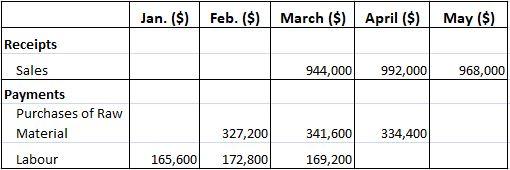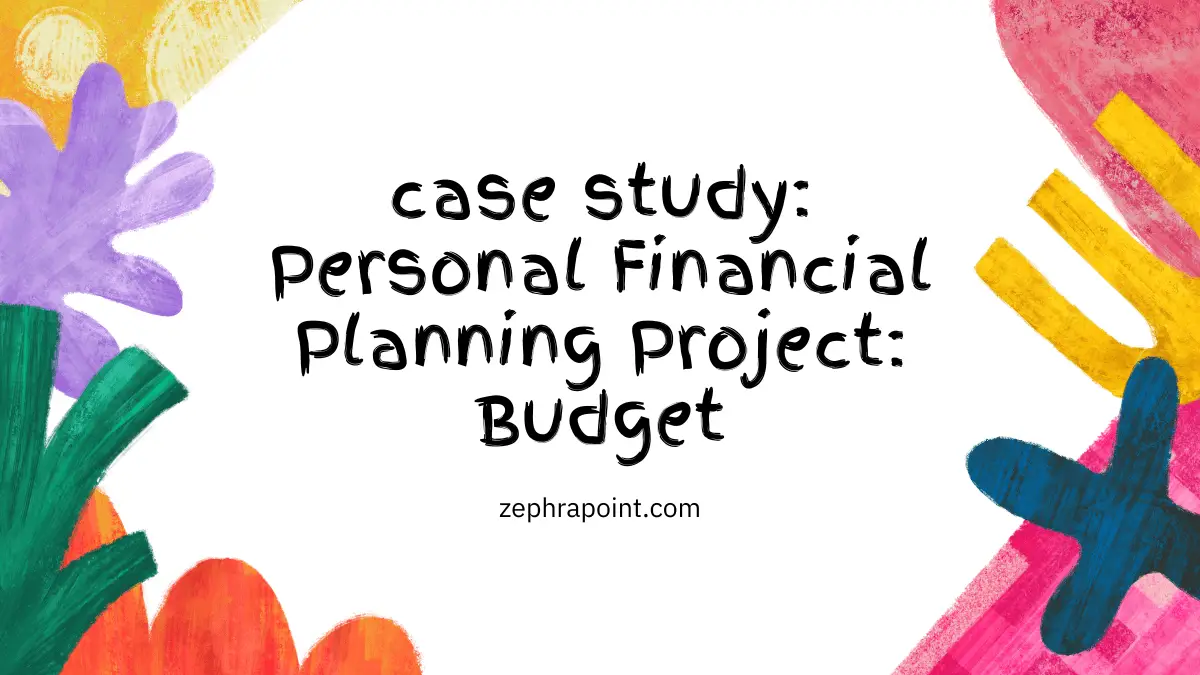Introduction
Case Study: Personal Financial Planning Project – Budget

Background
Client Profile:
- Name: John Doe
- Age: 35
- Occupation: Software Engineer
- Annual Income: $80,000
- Financial Goals: Build an emergency fund, pay off student loans, save for a down payment on a house, and invest for retirement.
Initial Financial Assessment
Before making the budget, one has to assess their financial situation. This shows one’s income, spending, debts, and savings. John reported the following:
Income:
- Monthly Salary: $6,666.67 (after taxes)
Expenses:
- Rent: $1,200
- Utilities: $150
- Groceries: $400
- Transportation: $200
- Insurance (Health, Car, etc.): $300
- Entertainment: $250
- Dining Out: $150
- Miscellaneous: $100
Debts:
- Student Loans: $25,000
- Credit Card Debt: $5,000
Savings:
- Emergency Fund: $1,000
- Retirement Account: $10,000
Creating the Budget
Plan a real budget where expenses will be classified and treated based on priority, money is allotted to save and pay off debt, and attainable financial goals are set.
Step 1: Categorize and Prioritize Expenses
- Fixed Expenses: Rent, Utilities, Insurance
- Variable Expenses: Groceries, Transportation, Entertainment, Dining Out, Miscellaneous
Step 2: Allocate Funds for Savings and Debt Repayment
Funds that John would want to see built up first are for an emergency fund, payment of student loans, and a house down payment. There must be allocations for these objectives within the budget.
Step 3: Set Achievable Financial Goals
- Emergency Fund: Increase to $5,000 within one year
- Student Loan Repayment: Pay off within five years
- House Down Payment: Save $20,000 within three years
Monthly Budget Breakdown
Based on John’s financial assessment and goals, the following budget was created:

Income: $6,666.67
Expenses:
- Rent: $1,200
- Utilities: $150
- Groceries: $400
- Transportation: $200
- Insurance: $300
- Entertainment: $150 (reduced)
- Dining Out: $100 (reduced)
- Miscellaneous: $100
Debt Repayment:
- Student Loans: $500
- Credit Card: $200
Savings:
- Emergency Fund: $500
- House Down Payment: $400
- Retirement: $566.67
Total Expenses: $4,266.67 Remaining Income: $2,400
Implementation and Monitoring
Tracking Expenses: John uses a budgeting app to track his expenses and ensure he stays within the allocated amounts. In so doing, he can recognize areas where he can cut costs and reallocate money toward his goals of savings and debt reduction.
Regular Reviews: John does budget reviews once a month to review progress and make necessary changes. He really compares expenses against the budgeted figures and examines the changes affecting his financial life.
Adjustments: He learned that in the first couple of months, he had been overspending on groceries and way underspending on his entertainment budget. After that, he fine-tuned his budget to add another $50 into the grocery category and lopped off $50 from his entertainment budget.
Results and Insights
Progress Towards Goals:
- Emergency Fund: Increased to $2,500 within six months
- Student Loan Repayment: Paid off $3,000 in six months
- House Down Payment: Saved $2,400 in six months
- Retirement Savings: Consistently contributing $566.67 monthly
Key Insights:
- Consistency is Key: Regularly contributing to savings and debt repayment, even small amounts, leads to significant progress over time.
- Flexibility and Adaptability: Being flexible with the budget and making adjustments based on actual spending patterns helps in staying on track.
- Importance of Tracking: Using budgeting tools to track expenses ensures accountability and highlights areas for improvement.
Conclusion
Development and maintenance of a budget are the spines for personal financial planning. From this “Case Study: Personal Financial Planning Project—Budget” we see the way John Doe had successful management of his finances in setting targets for financial goals and achieving them in a marvelous way. It combines sorting expenses, prioritizing needs and wants, and strategizing finances among different class groupings and revisiting the budget from time to time to achieve financial stability and prosperity.

